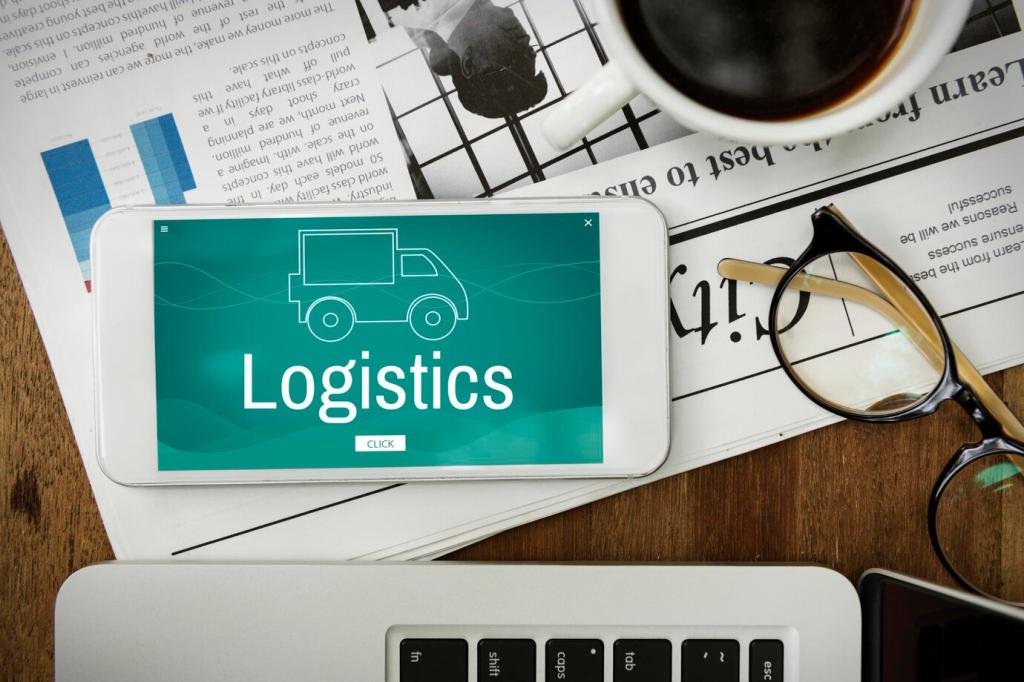Implementation Roadmap and Change Management
Start with a pilot lane or SKU family, validate pick paths, then widen scope. Publish a go/no-go checklist, run dress rehearsals, and celebrate small wins to anchor credibility before scaling.
Implementation Roadmap and Change Management
Blend hands-on exercises, shadow shifts, and quick-reference guides. Pair veterans with new hires, and invite feedback loops inside the system. Measure proficiency, not just attendance, to ensure lasting capability.









